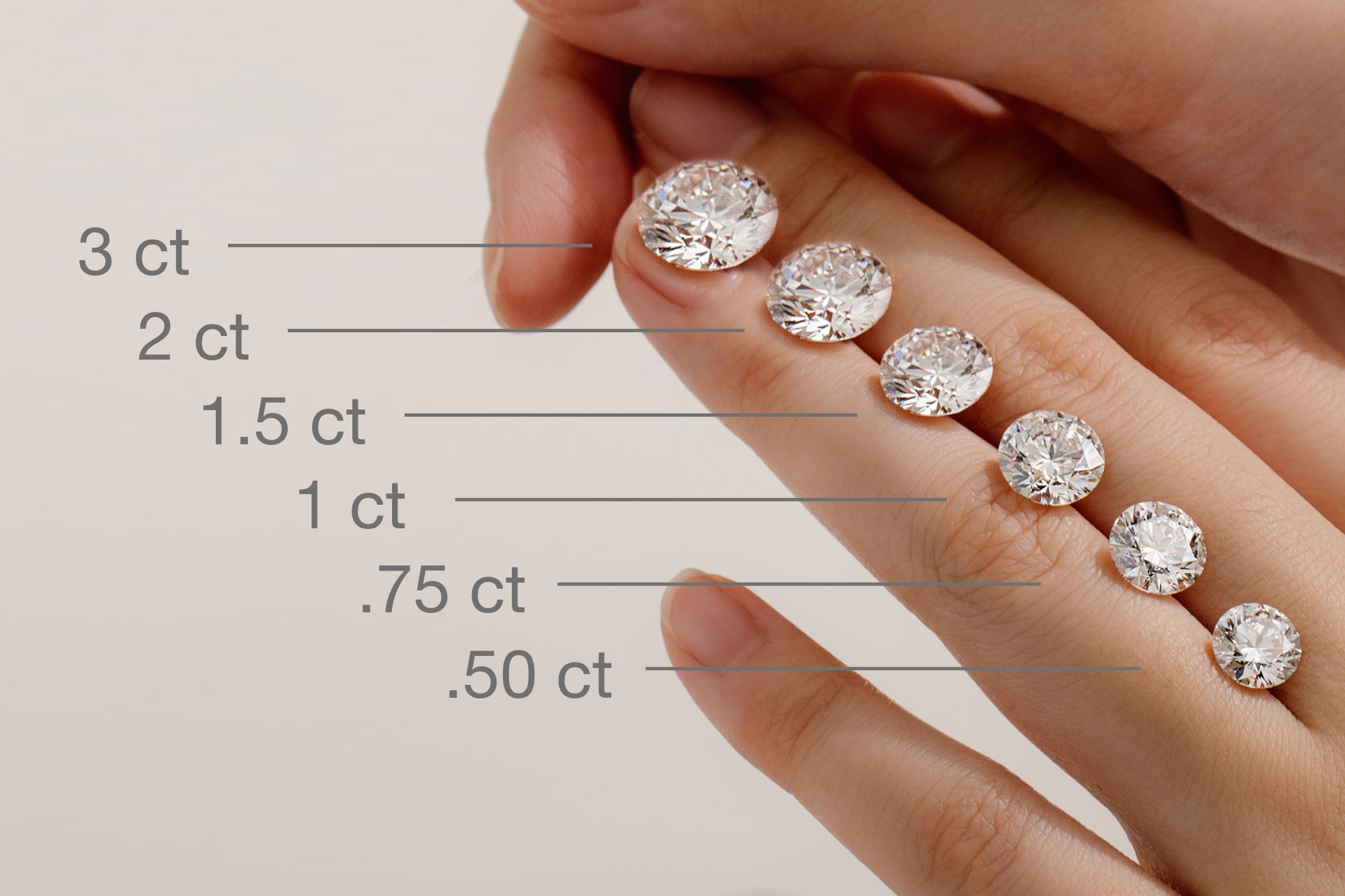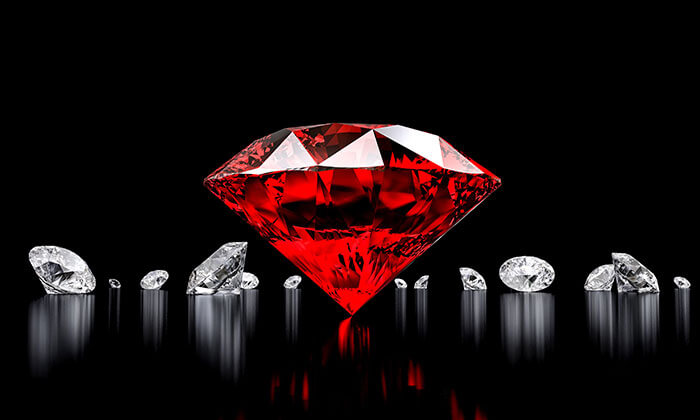When it comes to choosing the perfect gemstone, the debate of moissanite vs diamond is one that many buyers encounter. With the rise of lab diamonds, shoppers now have more ethical and affordable options. Understanding the differences between moissanite vs diamond can help make an informed choice. This article delves into the key aspects that set these gemstones apart and explores why lab diamonds are gaining popularity.
Origin and Formation
The primary difference between moissanite vs diamond lies in their origin. Natural diamonds are formed under high pressure and temperature deep within the Earth’s crust over millions of years. In contrast, lab diamonds are created using advanced technological processes that replicate the natural diamond-growing conditions.
Moissanite, on the other hand, was initially discovered in a meteor crater and is now synthesized in labs. The debate of moissanite vs diamond often centers on this origin, as both offer sustainable and ethical alternatives to mined gems. While lab diamonds are chemically identical to natural diamonds, moissanite has a different composition, making it a distinct option.
Hardness and Durability
A key factor in the moissanite vs diamond debate is hardness. Diamonds rank at 10 on the Mohs scale, making them the hardest natural substance. Lab diamonds share this incredible hardness, ensuring they resist scratches and last a lifetime.
Moissanite is slightly lower on the Mohs scale at 9.25, but it is still incredibly durable. This makes moissanite a great alternative in the moissanite vs diamond discussion, particularly for those who want a gemstone that withstands daily wear. However, when comparing lab diamonds, they offer the same durability as mined diamonds.
Brilliance and Sparkle
One of the most noticeable differences in the moissanite vs diamond comparison is their brilliance. Diamonds, including lab diamonds, have a unique sparkle due to their refractive index. They produce a stunning white light reflection that is highly desirable.
Moissanite, however, has a higher refractive index than diamonds, meaning it displays more colorful flashes of light, often described as a “rainbow effect.” Some people prefer this enhanced brilliance, while others find it less natural compared to diamonds. In the moissanite vs diamond debate, personal preference plays a significant role in deciding which sparkle is more appealing.
Cost and Affordability
Price is a major factor in the moissanite vs diamond decision. Diamonds, whether natural or lab diamonds, tend to be more expensive due to their rarity and production costs. Lab diamonds are significantly more affordable than natural diamonds while offering the same physical and optical properties.
Moissanite, being a synthetic gemstone, is much more budget-friendly. For those weighing moissanite vs diamond, cost can be a deciding factor. If budget constraints are an issue, moissanite provides an elegant and durable choice, while lab diamonds offer a balance between affordability and authenticity.
Ethical and Environmental Considerations
Concerns about ethical sourcing and environmental impact have fueled the popularity of moissanite vs diamond alternatives. Mined diamonds have a history of ethical issues, including concerns about conflict diamonds and environmental degradation. Lab diamonds offer a conflict-free alternative, making them an attractive choice for socially conscious consumers.
Moissanite is entirely lab-created, ensuring it is both ethical and eco-friendly. Those comparing moissanite vs diamond from an ethical standpoint often find moissanite to be the most responsible choice. However, lab diamonds also present a sustainable solution without compromising quality.
Fire and Color Variations
Color is another important aspect in the moissanite vs diamond comparison. While diamonds, including lab diamonds, come in a variety of colors ranging from colorless to fancy hues, moissanite tends to have slight color undertones, particularly in larger sizes.
Moissanite can sometimes display a yellow or grayish tint under certain lighting conditions. For those seeking a completely colorless stone, lab diamonds are the better option. However, in the moissanite vs diamond debate, some buyers appreciate moissanite’s unique warmth and rainbow-like fire.
Resale Value and Investment Potential
Another crucial aspect of moissanite vs diamond is resale value. Diamonds, especially natural ones, tend to hold some resale value, though they depreciate over time. Lab diamonds, while more affordable, may not retain their value as well as natural diamonds.
Moissanite has little to no resale value because it is widely available and does not have the same market demand as diamonds. For those investing in moissanite vs diamond, diamonds, particularly lab diamonds, offer better long-term worth.
Conclusion: Choosing Between Moissanite and Diamond
Ultimately, the choice between moissanite vs diamond comes down to individual preferences and priorities. Moissanite is an excellent choice for budget-conscious buyers who want a durable, ethically sourced gemstone with exceptional brilliance. Lab diamonds provide the same beauty and durability as natural diamonds at a more affordable price, making them an ideal option for those seeking authenticity with sustainability.
Understanding the nuances of moissanite vs diamond can help buyers make a well-informed decision. Whether opting for the affordability of moissanite or the timeless elegance of lab diamonds, both options offer unique benefits that cater to different tastes and values.








